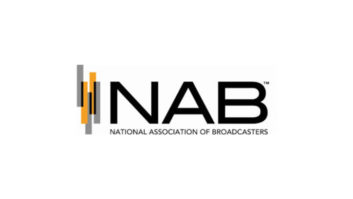Put FM radio in cellphones and everyone will benefit.
That’s the gist of a report commissioned by an NAB technology advocacy program.
“Cell phone service providers, radio broadcasters and handset manufacturers all stand to benefit from the expansion of FM-capable cell phones, a platform that could reach 257 million American subscribers,” NAB stated in a summary.
President/CEO David Rehr said the trade group is “confident that implementation of a new FM-radio feature would result in rapid penetration.”
The report was commissioned by an NAB program that is pushing for advanced services for radio and TV on all devices, called NAB FASTROAD.
Only about 8 percent of U.S. cellular handsets sold last year were FM-capable (although that’s still 12.5 million sets), and almost all of these were GSM phones, the authors found.
The report listed possible benefits of FM on cell including higher subscriber satisfaction, ad-sharing opportunities and reduced-cost on-air cellular promotions.
Cellular operators are now more dependent on revenue from non-voice services, including music downloads, NAB wrote; implementation of FM receivers on cell phones could provide a boost to music downloads by facilitating “tagging” of songs heard on the FM receiver for purchase.
FM receivers would also give cell users access to EAS announcements.
What about AM? AM reception was not included in the report because it broadcasts in a band below that of FM and cellular, and would necessitate a third antenna, “with potentially less signal quality than FM,” the authors wrote. “Consequently, except for a few handsets produced for emerging markets, such as India, handset manufacturers have not included AM reception capability in addition to, or in lieu of, FM.”
Radio World carried a commentary in January by Matthew Straeb of Global Security Systems, who argued that wireless carriers could help safeguard the public by activating FM chips that already exist in most cellular handsets.
“Wireless carriers have the potential to further safeguard individuals and communities with the activation of a standard FM receiver chip that exists in most cellular handsets today,” he wrote. “The chip is capable of receiving personal alert messages from a standard FM radio tower used to listen to your favorite music — all this without interfering with your normal cell phone usage. Read that here.







